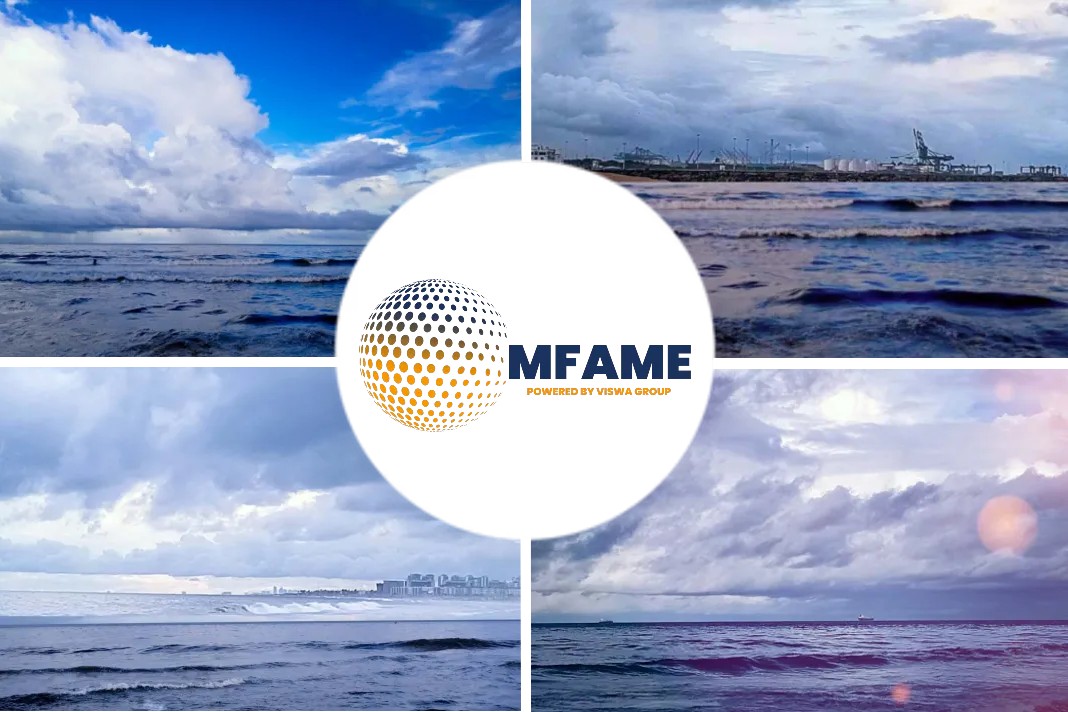 Container ship operators hope for higher freight rates in 2020, reports Supply Chain Quarterly.
Container ship operators hope for higher freight rates in 2020, reports Supply Chain Quarterly.
Global freight rates
Container ship operators enjoyed a second straight month of increases in long-term contracted ocean freight rates in December, but the rise came after a year of steady decreases and lingering uncertainty about trade wars and the impact of “IMO 2020” fuel emission caps set to kick in.
Global ocean freight rates climbed by 0.9% in December across key trading routes, following a 0.9% rise in November, according to the latest XSI Public Indices report from Xeneta, the Oslo, Norway-based ocean freight rate benchmarking and market intelligence provider.
Factors influencing freight rates
Despite that glimmer of good news, rates have been mired in declines for more than a year, with the exception of a spike in May, Xeneta said, based on real-time, crowd-sourced data collected from shippers.
In light of those conditions, Xeneta advised shippers to “delay procurement of new freight rates for as long as possible,” sitting out the first quarter of 2020 and delaying negotiations over freight rates until they can gain a better view.
“It’s clearly been another good month for the liner industry, but after the prolonged period of long-term contracted freight rates decline it was certainly needed!” Xeneta CEO Patrik Berglund said in a release.
“The huge spike in May, when rates soared by 11.5%, was an anomaly, with prices continuing to fall away after that point. So, the moderate rise in November raised hopes that that established trend had been broken, and this increase seems to confirm that… for now.”
The market is wary of conditions in the new year thanks to an array of business, political, and economic developments, he said.
Politics and Economics at play
“Although the developments are almost universally positive, there are still key issues of concern for the industry. The trade war between the U.S. and China is an obvious one, but hostilities are somewhat ‘on hold’ at present…and there are other enduring factors creating uncertainty, like our ‘old friend’ Brexit for example,” Berglund said.
“However, a somewhat newer issue is emerging in relation to transparency, or the lack of it, on surcharging for the more expensive fuel needed to comply with the IMO 2020 Sulphur cap. This is fueling growing criticism and unease within the shipper community. Carriers need to address this.”
IMO regulations
The IMO 2020 regulations are a set of environmental standards issued by the International Maritime Organization (IMO) set to kick in Jan. 1. They are designed to curb air pollution by banning ships from using fuel with high sulfur contents.
Since low-sulfur fuel is more expensive than traditional “bunker” fuel, container carriers are looking for alternatives.
Options currently being tested by A.P. Møller – Maersk and CMA CGM include physical filters like smokestack scrubbers, as well as LEO fuel concentrated from paper mill waste, biofuel derived from cooking oil, and liquified natural gas (LNG).
Did you subscribe to our daily newsletter?
It’s Free! Click here to Subscribe!
Source: Supply Chain Quarterly






















